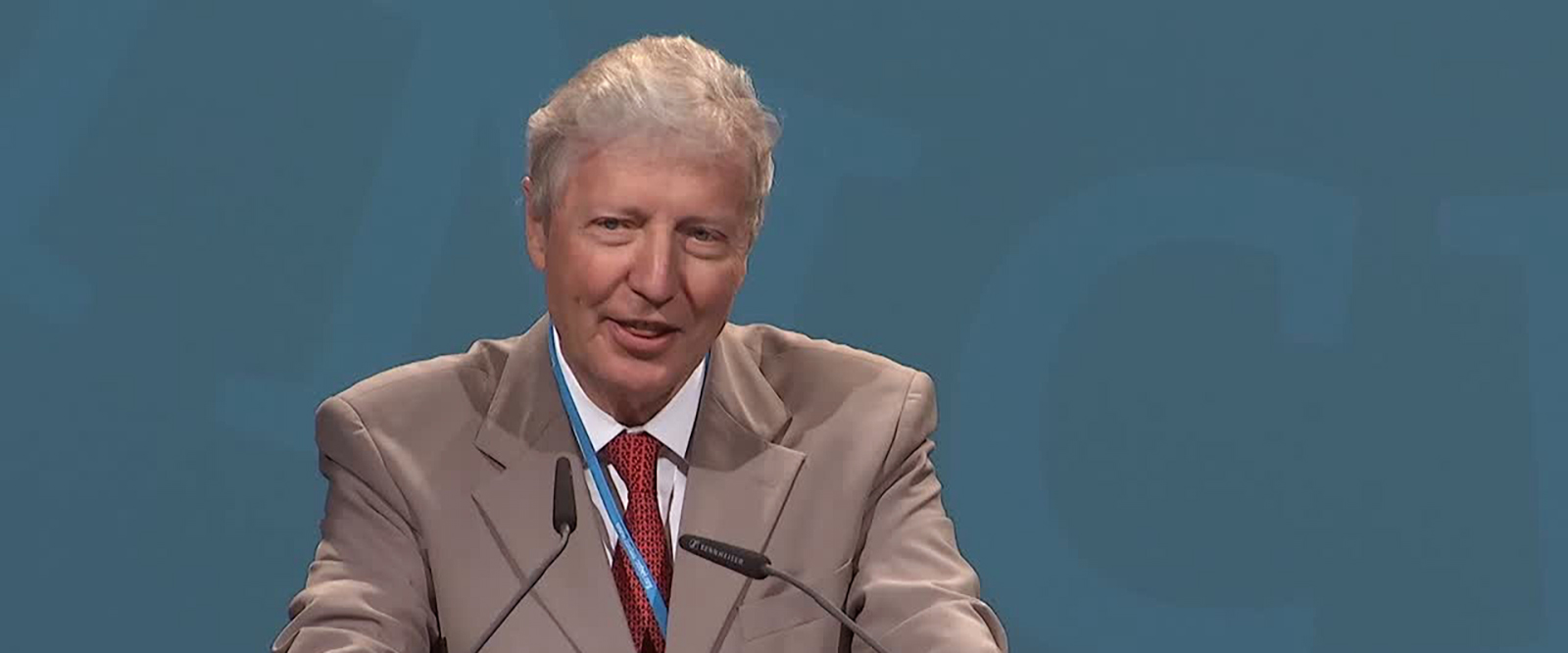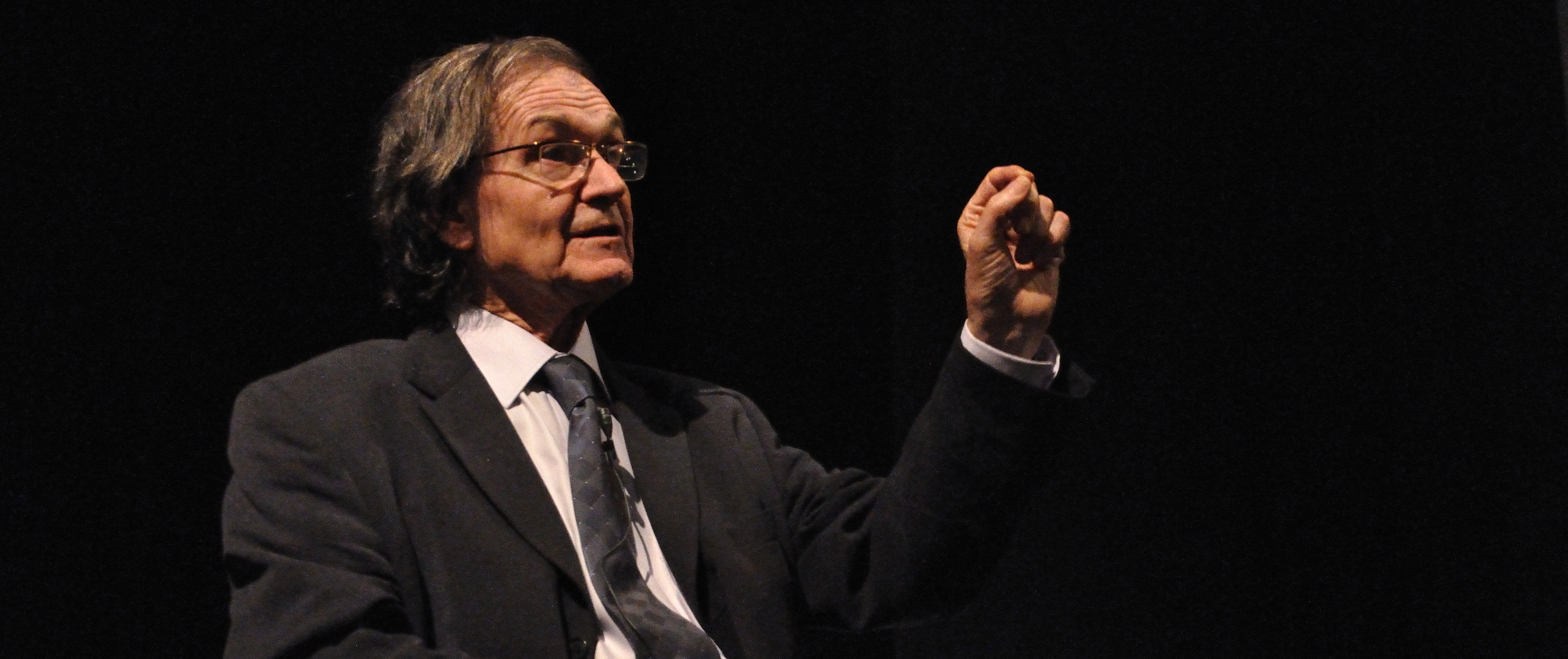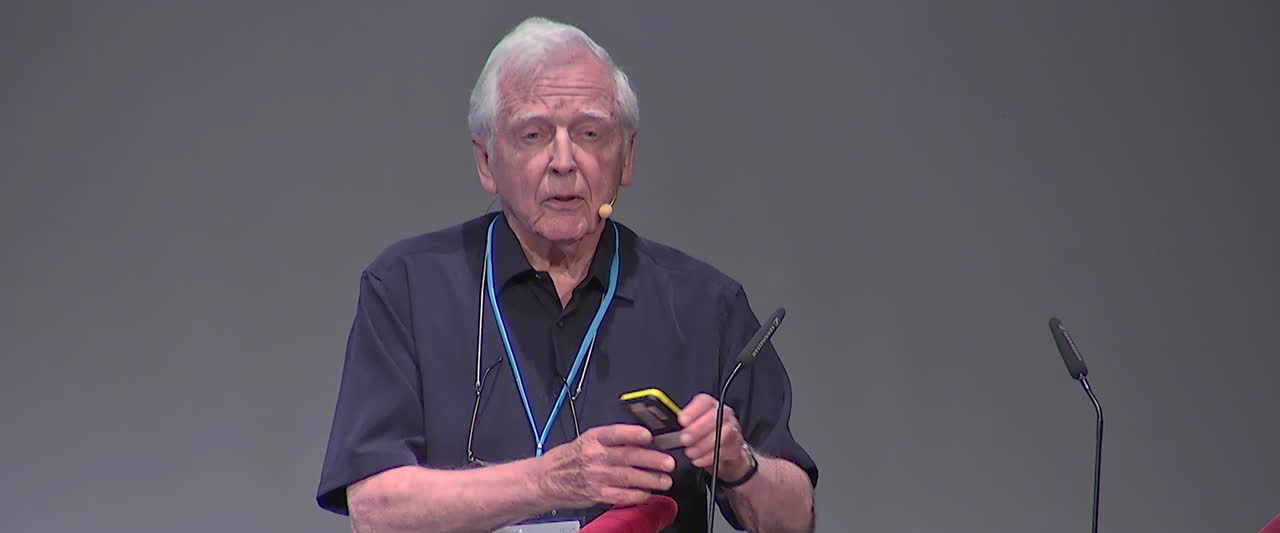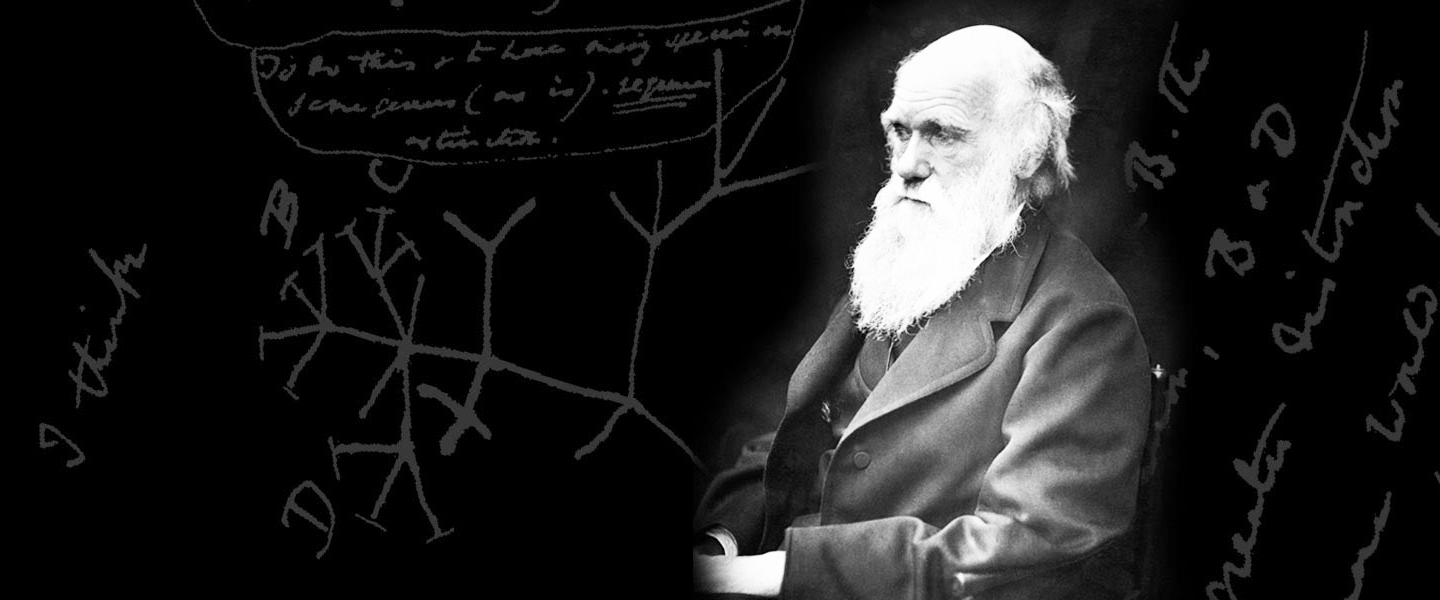22th November 2018.
Nicola Vannini, Ludwig Institute, Lausanne, Switzerland
On the 22nd of November 2018 Nicola Vannini of the Ludwig Institute for Cancer Research at Lausanne will give a seminar entitled Metabolic modulation of hematopoietic stem cells at 2.00 pm in the College lecture theatre. In his talk N Vannini will discuss new data demonstrating how metabolic modulation of haematopoietic stem cells impact on their functions. This is a newly uncovered and potentially important level of regulation of stem cells behaviour. All College students are invited to attend, especially those reading Medicine, Biology, Biotechnology and Pharmaceutical Sciences. The poster of the lecture can be downloaded here.
Abstract
Cellular metabolism is recently emerging as a potential regulator of stem cell fate (Sahin and Depinho 2010, Suda, Takubo et al. 2011, Zhang, Khvorostov et al. 2011), constituting a crucial regulator of the HSC pool (Gan, Hu et al. 2010, Gurumurthy, Xie et al. 2010, Nakada, Saunders et al. 2010). The energy demand of quiescent HSCs relies on anaerobic glycolisis, which has to be rapidly switched to oxidative phosphorylation to enable hematopoietic differentiation (Takubo, Nagamatsu et al. 2013, Yu, Liu et al. 2013). Consistently, hematopoietic stem and progenitor cells belong to a 6-9% population of the entire bone marrow (BM), characterized by low mitochondrial activity,(Simsek, Kocabas et al. 2010) and their metabolic profiles have been associated with their localization in hypoxic regions of the BM(Parmar, Mauch et al. 2007, Simsek, Kocabas et al. 2010). Here we show that mitochondrial activity is a functional predictor of HSC engraftment both in vivo and in vitro and its modulation is capable to displace the LT-HSC/ST-HSC equilibrium in vivo by maintaining LT-HSC and increasing ST-HSC pools. Distinct hematopoietic compartments show specific increases in mitochondrial activity during commitment. Furthermore, mitochondrial activity resolves the function of stem and progenitor cells. In LKS cells (lin-cKit+Sca1+) efficient long term engraftment is retained in a subpopulation with low mitochondrial activity (TMRM low). Similarly, long and short term engraftment potential is restricted to TMRM low LKS-CD150+CD34- and LKS-CD150+CD34+ populations respectively. Considerably low mitochondrial activity discriminates HSCs retaining engraftment potential after in vitro culture. Modulation of mitochondrial metabolism in mice, supplemented with the metabolic modulator nicotinamide riboside (NR)(Canto, Houtkooper et al. 2012), increases the ST-HSC compartment which is critical in driving hematopoiesis during the short post-transplant period via mitophagy induction. Accordingly, limiting BM transplant shows a dramatic improvement of survival in mice treated with NR compared to untreated ones, as predicted by faster platelet and neutrophil recoveries. Thus mitochondrial metabolism is a critical functional marker for LT-HSC, ST-HSC and in vitro cultured cells, and it reveals novel strategies to modulate the balance between hematopoietic compartments with possible significant clinical impact.
Biography
Nicola Vannini after his MSc degree in Biological Sciences obtained at the University of Parma, moved to La Jolla (CA) where he worked for two years at the Burnham Institute in the laboratory of Prof. John C. Reed and Prof. Giovanni Paternostro studying the metabolic basis of cardiac aging. Afterwards he moved back to Italy in order to complete his doctoral studies. In that period he worked at the National Institute for Cancer Research in Genova under the supervision of Dr. Adriana Albini and Prof. Douglas Noonan. His research topic was on the development of nutritional interventions as strategy to prevent tumor progression and angiogenesis, with particular focus on anti-inflammatory processes. After his studies Nicola Vannini has worked in the laboratory of stem cell bioengineering directed by Prof. Matthias Lütolf at the EPFL as postdoctoral fellow. There he developed a semi-automated system to analyze hematopoietic stem cell (HSC) fate at single cell level and, most recently, discovered important metabolic features regulating HSC function. In 2014 he continued his work in the laboratory of Prof. Olaia Naveiras and in collaboration with Prof. Johan Auwerx at the EPFL, where he developed targeted metabolic interventions capable to manipulate HSC fate. Since March 2016 Nicola Vannini is project leader at the Ludwig Center for Cancer Research (Lausanne branch) within the group of Prof. George Coukos. His primary research goals are the understanding of metabolic changes occurring during aging in the hematopoietic and immune compartments. Lastly he is currently developing targeted therapies that can prevent/revert the aging processes and consequently improve tumor immunotherapy and immunosurveillance. Specific interests include metabolic treatment for immunotherapy non-responders, metabolic reprogramming of myeloid biased HSC in aged and chemotherapy-treated patients, development of novel methods to boost blood reconstitution in transplanted patients and understanding the metabolic features of T cell exhaustion.
References
[1] Vannini N*, Campos V, Girotra M, Trachshel V, Rojas-Sutterlin S, Tratwal J, Ragusa S, Stefanidis E, Ryu D, Rainer PY, Nikitin G, Giger S, Semilietof A , Yersin Y, Cheng WC, Tauzin L, Pirinen E, Ratajczak J, Canto C, Sizzano F, Palini A, Petrova TV, Vanhecke D, Nahimana A, Duchosal MA, Ho PC, Deplanke B, Coukos G, Auwerx J, Lutolf MP and Naveiras O*. The NAD-booster nicotinamide riboside potently stimulates hematopoiesis through increased mitochondrial clearance. Cell Stem Cell, Under final revisions
[2] Roch A, Giger S, Girotra M, Campos V, Vannini N, Naveiras O, Gobaa S, Lutolf MP. Identification of functional artificial niches by single hematopoietic stem cell fate analyses. Nat Commun. 2017
[3] Vannini N, Girotra M, Naveiras O, Nikitin G, Campos V, Giger S, Roch A, Auwerx J, Lutolf MP. Specification of haematopoietic stem cell fate via modulation of mitochondrial activity. Nat Commun. 2016
[4] Vannini N, Roch A, Naveiras O, Griffa A, Kobel S, Lutolf MP. Identification of in vitro HSC fate regulators by differential lipid raft clustering. Cell Cycle. 2012












